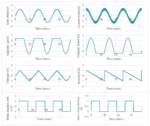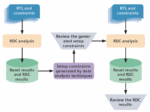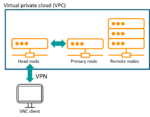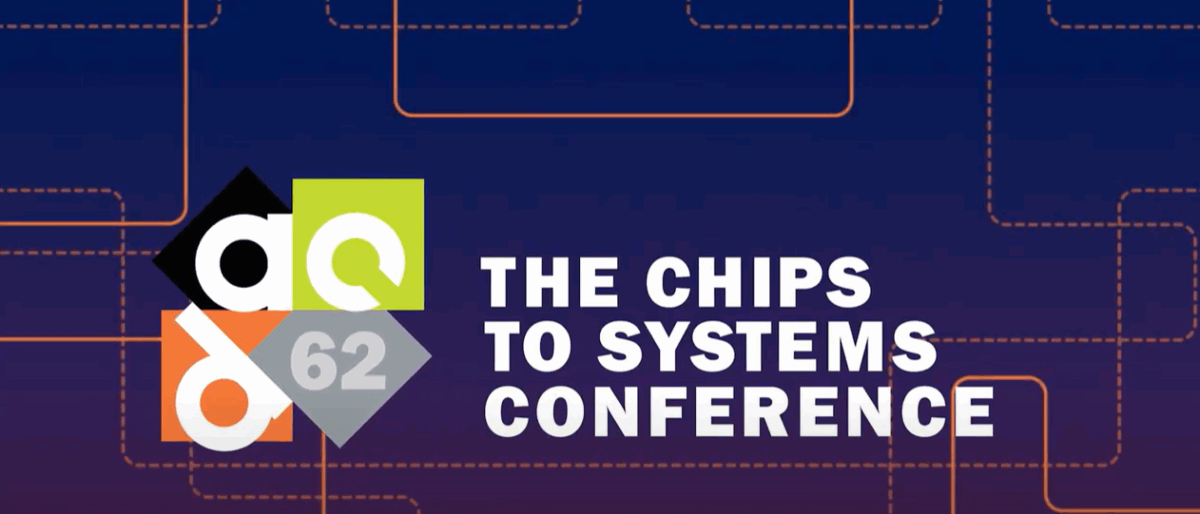Functional coverage acts as a guide to direct verification resources by identifying the tested and untested portions of a design. Functional coverage is a user-defined metric that assesses the extent to which the design specification, as listed by the test plan’s features, has been used. It can be used to estimate the presence… Read More
Tag: Siemens EDA
Automating Reset Domain Crossing (RDC) Verification with Advanced Data Analytics
The complexity of System-on-Chip (SoC) designs continues to rise at an accelerated rate, with design complexity doubling approximately every two years. This increasing complexity makes verification a more difficult and time-consuming task for design engineers. Among the key verification challenges is managing reset domain… Read More
What are Cloud Flight Plans? Cost-effective use of cloud resources for leading-edge semiconductor design
Embracing cloud computing is highly attractive for users of electronic design automation (EDA) tools and flows because of the productivity gains and time to market advantages that it can offer. For Siemens EDA customers engaged in designing large, cutting-edge chips at advanced nanometer scales, running Calibre® design stage… Read More
AI-Powered Transformation in EDA
The integration of artificial intelligence (AI) into Electronic Design Automation (EDA) is revolutionizing chip design, addressing the critical shortage of skilled engineers and accelerating the development process. As Jeff Dyck, Senior Director of Engineering at Siemens EDA, explains in a recent DACtv presentation, … Read More
Solido Siemens and the University of Saskatchewan
In my 40 years, I have worked for dozens of companies and just about everyone of them was acquired. Some of the acquisitions were accretive and some were not. Probably the best and most accretive one would be the Solido acquisition by Siemens EDA in 2017. I worked for Solido for ten years reporting to CEO Amit Gupta. I handled Taiwan … Read More
Podcast EP232: The Evolution of Yield Learning and Silicon Debug with Marc Hutner
Dan is joined by Marc Hutner. Marc has been innovating in the areas of design, test, DFT and data analytics for more than 20 years. In June of 2023, he joined the Siemens EDA Tessent group as the product director of Silicon Learning, enabling how silicon data is applied to yield improvement and silicon debug. Previously, he worked … Read More
Podcast EP230: An Overview of the Siemens EDA Calibre 3D Thermal Announcement at DAC with Dr. John Ferguson
Dan is joined by Dr. John Ferguson, senior director of marketing for the Calibre product line at Siemens EDA. John has worked extensively in physical design verification. Current activities include efforts to extend physical verification and PDK enablement for 3DIC design and silicon photonics.
Dan explores the Siemens EDA… Read More
Siemens Hardware-Assisted Verification at the 2024 Design Automation Conference
Visitors to Siemens’ booth (#2521) at the 61st Design Automation Conference (DAC) will see on display the Veloce™ CS system that unifies hardware emulation, enterprise prototyping and software prototyping into one hardware-assisted verification and validation platform.
The display will feature the three single-blade … Read More
IC Manage at the 2024 Design Automation Conference
DAC in San Francisco will once again be a can’t miss event for semiconductor professionals seeking to discover the latest developments in EDA solutions that address the wide range of issues encountered in delivering high quality IC products and electronics systems to the market. IC Manage will be exhibiting its latest innovations… Read More
3DIC Verification Methodologies for Advanced Semiconductor ICs
At the recent User2user conference, Amit Kumar, Principal Hardware Engineer, Microsoft, shared the company’s experience from building a 3DIC SoC and highlighted Siemens EDA tools that were used. The following is a synthesis of core aspects of that talk.
3DIC Challenges
Despite the numerous advantages of 3DIC technology, its… Read More







